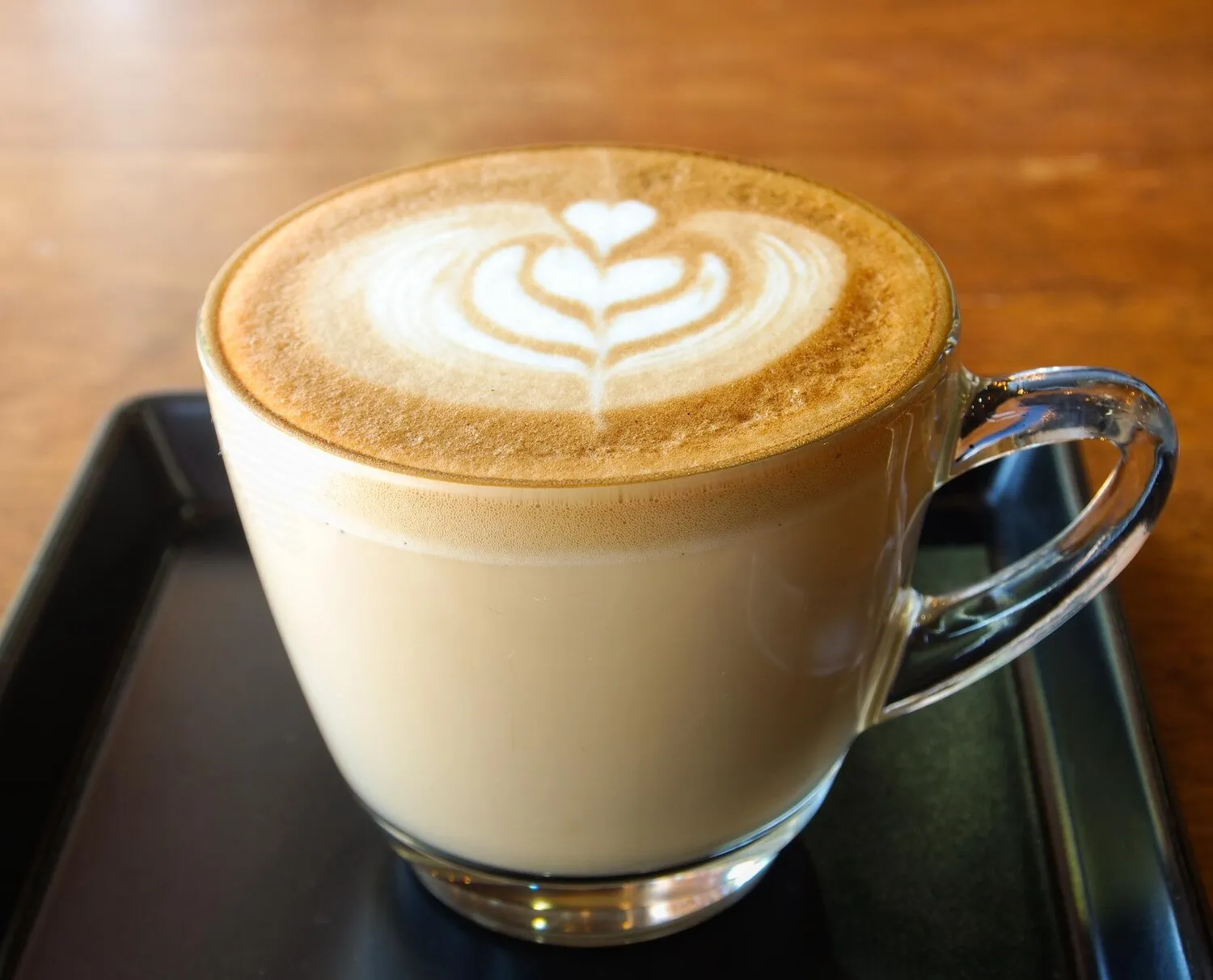
Cappuccino
Cappuccino coffee.
Nutrition Facts
* The % Daily Value (DV) tells you how much a nutrient in a serving of food contributes to a daily diet. 2,000 calories a day is used for general nutrition advice.
The cappuccino evolved from the Viennese 'Kapuziner' coffee in the 18th century, which involved adding cream and sugar to coffee. The Italian version refined this, focusing on espresso and frothed milk, becoming widely popular in the early 20th century.
Cappuccino is deeply embedded in Italian coffee culture, traditionally consumed in the morning and rarely after 11 AM. It's a social ritual, often enjoyed at a café with friends or family.
Morning Ritual
Cappuccino is almost exclusively a breakfast or morning drink in Italy. Ordering it after lunch is generally frowned upon.
Café Culture
Italian cafés are the central hubs for enjoying cappuccino, fostering social interaction and daily routines.
Simplicity
Italians typically prefer their cappuccino without elaborate toppings or syrups, focusing on the quality of the espresso and milk.
The cappuccino boasts a balanced combination of bitter espresso and sweet, creamy milk, creating a comforting and rich flavor profile.
The primary flavor is the intense, roasted bitterness of the espresso coffee, which provides a strong base. This is then softened by the sweetness and texture of the steamed milk, creating a velvety mouthfeel. Some variations may include cocoa powder or cinnamon for added aroma and subtle flavor nuances.
Espresso Quality
Use freshly roasted, finely ground coffee beans for a rich and flavorful espresso base. Proper tamping is crucial for even extraction.
Milk Frothing
Use cold, whole milk for optimal frothing. Aim for microfoam: tiny, velvety bubbles that create a smooth and creamy texture.
Ratio Matters
The classic cappuccino ratio is 1/3 espresso, 1/3 steamed milk, and 1/3 milk foam. Adjust to your preference, but maintaining a balanced ratio is key.
Temperature Control
Serve the cappuccino immediately after preparation. The ideal serving temperature is between 140-160°F (60-71°C).
Explore additional Coffee dishes and restaurants
Explore CoffeeDiscover top dining spots and culinary experiences in Guarulhos.
Explore GuarulhosLearn more about the food culture, restaurant scene, and culinary heritage of Brazil.
Explore Brazil